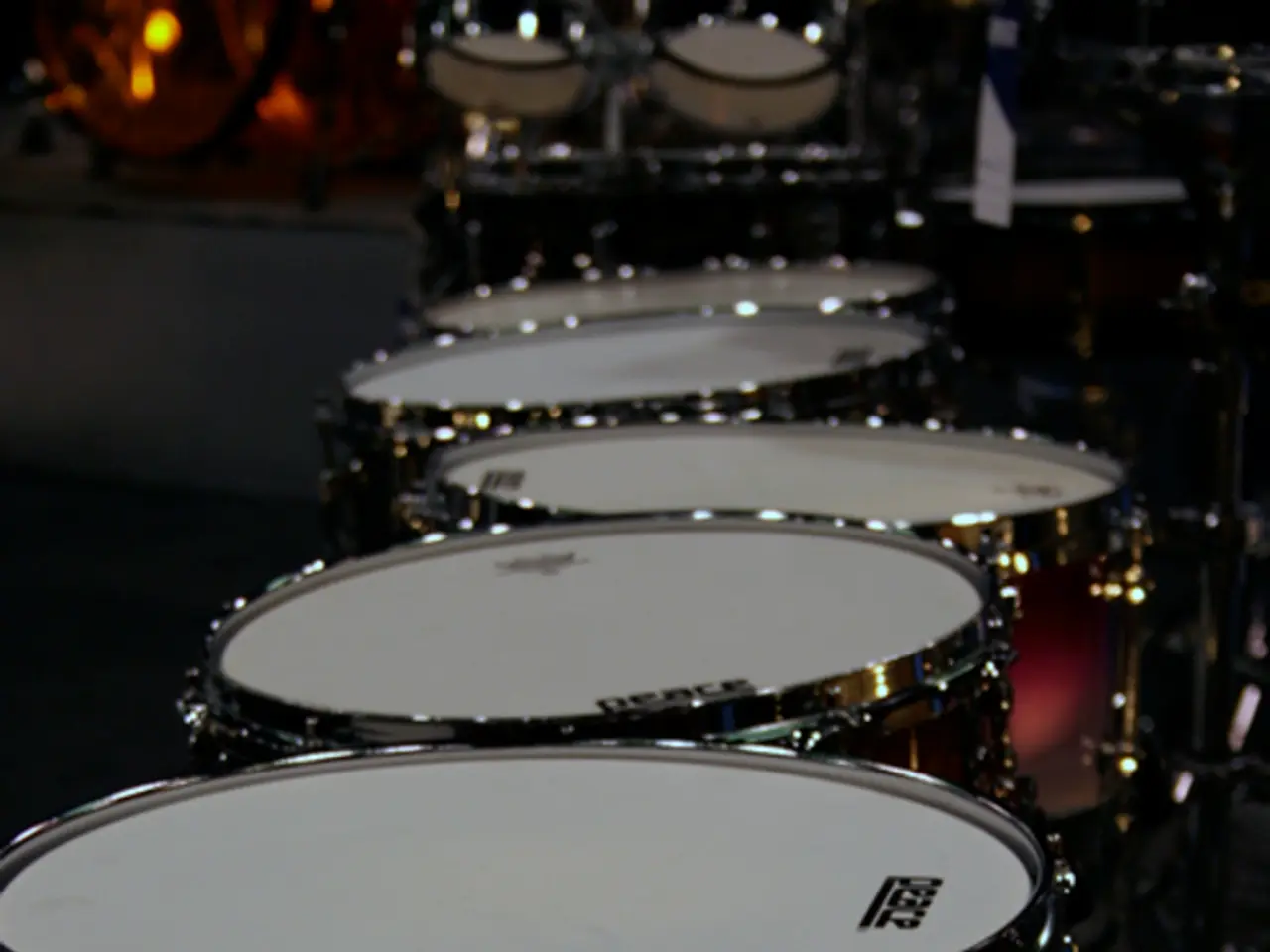Gold residues can be found within the human body, yet it's not permanently retained.
Studying the Gold Within:
Whisper a secret-you've got a trace of gold in you! That's right, your body hosts this precious metal, despite its insignificant role in human biology. With about 0.2 milligrams of gold present, it's hardly enough to make you rich, but it's a fascinating tidbit that sparks curiosity.
Taking a Look Inside: Sources and Distribution
The primary sources of this golden guest are the food and water you consume. Plants and animals can absorb gold from the environment, which ends up in what you eat. Trace amounts also come from breathing, especially in locations close to gold-rich areas.
Once within, you'll find gold scattered throughout your body, residing in your blood, liver, kidneys, and even your brain. However, its presence is minimal, for instance, the liver may hold a tad more due to its involvement in processing metals but only in trace amounts. Gold is practically everywhere, yet nowhere in sufficient quantity.
The Gold Rush Within: Biological Function
While gold lacks a significant biological role, some researchers speculate it might aid in joint health or electrical signaling. Given its electrical conductivity, it's an intriguing hypothesis, but evidence is scant, and most scientists believe it's more of a coincidental presence than an active contributor to our health.
The Golden Exodus
Life's a cycle, even for gold. Your body constantly expels this precious metal, through sweating, shedding skin, and growing hair. It's never a permanent resident, always coming and going. This fluidity challenges the notion of precious metals being permanent fixtures inside us. It's more a fleeting guest than a long-term resident.
Baby's First Gold Rush
Here's a fun fact: babies have more gold in their hair compared to adults, courtesy of it passing through breast milk! This quirky detail showcases the unpredictable journey of gold through our lives.
A Tantalizing Tale: The Role of Gold in Our Lives
We've loved gold for centuries-for its value, beauty, and rumored health benefits. Ancient Egyptians believed it to be the "flesh of the gods" and consumed it for purification. Today, gold-embellished sweets are popular in India, and gold leaf decorates food in luxury settings.
However, this fascination contrasts sharply with its minor presence in our bodies, highlighting our humanity's unique connection with this metallic marvel.
Crunching the Numbers: Gold vs. Essential Elements
A quick comparison with essential elements emphasizes gold's minor presence. On average, a human body contains approximately 2 milligrams of gold, whereas it may contain over 6,000 grams of iron or about 2,000 grams of calcium. Gold takes the silver, but not the gold, in terms of essentiality.
In conclusion, while the human body does contain trace amounts of gold, its presence is not essential, and it lacks a substantial role in our health. The gold in our bodies is more a curious irony than a vital component. So next time you look in the mirror, remember that hidden beneath your exterior lies a glimmer of gold-the precious metal, not elseworld gold hidden away in your backyard!
- The trace amounts of gold in our bodies primarily come from the food and water we consume, with plants and animals having absorbed gold from the environment.
- Gold is distributed throughout the body, residing in various organs like the blood, liver, kidneys, and brain, but its presence is minimal and insignificant in terms of biological function.
- Some researchers speculate that gold might aid in joint health or electrical signaling, but evidence supporting this is scant, and most scientists consider it a coincidental presence rather than an active contributor to our health.
- Contrary to its perceived importance in our lives, gold is constantly expelled from the body through processes like sweating, shedding skin, and growing hair, making it more of a fleeting guest than a permanent resident.




